The Early Evolution of Sound and Music in Video Games: 1971-1984
By alianger 1 Comments
This week, stay a while and listen to the tale of an important yet often overlooked and taken for granted aspect of video game history: Sound and Music. Much like in cinema, sound and music have always been essential parts of the gaming experience. Using them, developers aim to immerse players in the virtual worlds they create in various ways. For example, they can set the tone of a moment, segment or universe, convey a variety of emotions as well as crucial feedback for gameplay, and they can elevate the storytelling in video games.
In the early days of video games, sound was limited to simple beeps and white noise due to the technical constraints of the hardware. As technology advanced, developers began to experiment with incorporating more sophisticated sound effects and music into their games. In this article I'll have a look at the early history of these developments, up until around 1984. While part of the focus is on tech specs (number of audio channels, frequency range (pitch), timbre complexity, and higher audio quality (bit depth (fidelity/accuracy and amplitude/volume range), sampling rate (accuracy in representing higher frequencies), and clarity)), I'll also try to highlight some unusual examples as well as creative ones when it comes to using limited hardware, or picking up on (or creating) new genres for the time.
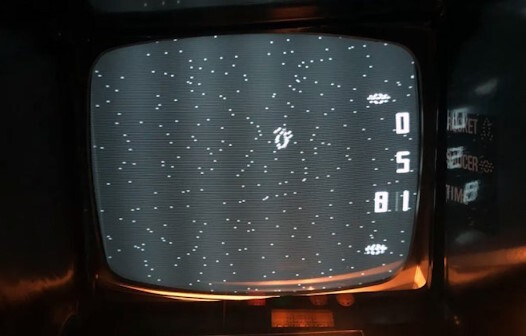
The first video game featuring sound is most likely Computer Space from 1971. Nowadays, developers can use audio recordings of anything, such as an orchestral piece, or a stock library of sound effect samples and put them in a game with relative ease for a decent audio experience. At this point in time, this was not the case at all, as even in general music production there was no sampling yet. There were no trackers for over a decade into the future, and no standardized hardware either. The sound system for Computer Space was designed by Ted Dabney, and surprisingly it's hard to find direct info on. It appears to be using analog circuitry, and you can read more about it as well as see a picture of it in this long "troubleshooting journey" article.
The game features a rotation sound, a player missile sound (these two seem to be square waves, making this a prototypical PSG sound chip), a player thrust sound, and two separate explosion sounds for when an enemy ship or the player ship blows up, which are rather satisfying all things considered! Note that while the educational FMV game Auto Test (Capitol Projector, 1954) does predate Computer Space for a game featuring sound (using an audio tape player), it is an electromechanical game. A year later, Pong (ARC, 1972) further popularized the use of sound effects in video games, featuring basic square waves at different pitches to accompany gameplay actions and events - hitting the ball, the ball bouncing on a wall, and missing the ball.
Jumping ahead to 1975, Gun Fight (ARC, Netlist Sound Device) finally introduced players to music in video games, with a single voice square wave jingle based on "The Funeral March" by Fryderyk Chopin. Great way to start the party. This also started a (relatively short-lived) period of relying on cover music in games, probably as a result of there not really being any dedicated music composers in video game development yet. Some early '80s games would also get away with covers or remixes of contemporary pop songs. The next year, Amazing Maze (ARC, 1976, Discrete Sound), would introduce continuous VGM (video game music) during gameplay. While the song/jingle is very short and simplistic, being made up of a single voice of staccato notes, this was another step towards proper music in games. Things will (mostly) only get better from here, and at a pretty fast pace.

Some More Notable Retro Game Examples:
First adaptive music (Space Invaders (ARC, 1978, analog circuitry+SN76477 (for SFX)), edited text from a previous article)(Tomohiro Nishikado) - The first example of a smooth transition within an in-game music track based on player action can be found in this game. As the player destroys the alien ships, the descending four note bassline that makes up the music will gradually speed up while the movement of the enemies does as well. This contributes to an added sense of urgency and some would say is key to making the game an experience that people still remember to this day. The game uses discrete analog circuitry for its audio hardware. The music is made up of square waves passed through a lowpass filter, making them sound more like a sawtooth wave here.
Hangman (TI-99/4A, 1979, TMS9919/SN94624/SN76489 (same chip as in the Sega Master System) - This video game adaption of the classic guessing game features polyphonic musical jingles. Polyphony is characterized by multiple notes or voices with separate melodic lines and/or rhythms, so here we have multiple harmonies playing at the same time and they're not all playing chords or octaves. I'm not sure if these are originals or not.

Sampled SFX, voice samples and speech synthesis (Crazy Climber (ARC, 1980, AY-3-8910 & 4-Bit R-2R DAC)(Shigeki Fujiwara), Berzerk (ARC, 1980, SSi TSI S14001A & Exidy SFX))(Alan McNeil) - These two were among the first video games to feature voice samples. Crazy Climber's samples are handled by the DAC chip and it features a variety of sounds: cartoony suction cup samples for when you're climbing, collision sounds, punching sounds, a funny "ouch!" scream when hit by enemies, "oh no!" if you fall down, an encouraging "go for it!" when reaching certain intervals, and an over the top "RIGHT ON!" when finishing a level. Voice sample quality seems roughly on par with the average NES game or a bit higher, but the suction cup and collision sounds stand out as surprisingly clear. Berzerk instead handles voices using basic speech synthesis - while it sounds like a more monotonous and choppy version of what Stephen Hawking used, these are some memorable lines ("Chicken, fight like a robot" is my fave) and the delivery does fit a robot rebellion nightmare scenario. In a way, it serves as a reminder that more advanced tech won't always lead to better results in terms of nailing a certain tone.
For home systems, Ghostbusters (C64, 1984, SID/Atari 8-bit, 1985, POKEY/NES, 1986, R2A03)(David Crane) is a good early example*. On the C64 it features a pretty solid chiptune rendition of the theme for the time, starting with a decent quality, if goofy voice sample of someone shouting the title and laughing. What's also cool is that the player can actually trigger this sample at will while the song is playing at the title screen. In terms of music, the C64 and NES allowed for music more reminiscent of modern pop and therefore it was more recognizable as "proper" music to a wider audience, with enough channels, pitch range and timbre variety to simulate a small band setup with bass, harmony, melody and drums, as well as more realistic sounding percussion using samples when cart sizes allowed for it. In short, they provided a more dynamic aural delivery, and without using expensive hardware. Sample playback actually shouldn't have been possible on the C64 SID chip, but was due to a bug - you can learn about this in detail from this video on the Modern Vintage Gamer YT channel.
*The first seems to be Castle Wolfenstein for the Apple II.
Kingdom (Atari 800, 1980, Dual Track Tape)(loading theme, unknown composer) - Several early Atari games used tapes played along with the game to add relatively advanced and high quality music, instructions or narration, though it would play between gameplay segments rather than during them. This cheesy jazz fusion/disco pop track was used as a loader tune for several games by the same company, something that would later be emulated by Ocean for their C64 games (with the main differences being that those were chiptune tracks and ended up becoming a lot more famous).

Reactor (ARC, 1982, Votrax SC-01)(David Thiel), [Video where Thiel talks a bit about the track - removed from YT] - While I don't know much about the full capabilities of this custom sound chip, the track used here during the instructions demo is something pretty special. A thick kick drum (probably made with a quick downward sweep of a pulse wave) and a gritty, saw-like bassline are combined to make a short and intense electro track which, while the intention was possibly to make it sound like Queen's We Will Rock You or something, ends up being reminiscent of much later bands such as Justice, MSTRKRFT and Daft Punk. Sadly, that's the one track in the game and David Thiel didn't really make anything like it afterwards (his work for M.A.C.H. 3 (ARC), Winter Games (A2GS etc.) and Duck Tales (AMI) is mainly orchestral and rock/pop-based, while the simple jingle from Mad Planets (ARC, 1983) might've been inspired by Pink Floyd's On The Run).
Gyruss (ARC, 1983, 5x (!) AY-8910 at 1.789 Mhz w/ DAC & "Discrete Sound")(Masahiro Inoue; based on Bach's Toccata and Fugue in D minor) - Probably the first chiptune soundtrack with both sampled percussion (snare and toms, handled by the DAC chip) and stereo mixing. While it is a remix of a classical piece split into three parts it is rather detailed and seems to make pretty good use of all the 5 AY chips used, featuring simulate echo and chorus effects as well as noise accompaniment to the sampled drums (which can be more clearly heard in the stage clear theme). The chorus is done by two channels playing the same thing but with one or both channels slightly detuned, and it sometimes produces a bit of a pulse width modulation (PWM) effect on some sustained notes, something the C64 is known for. The AY-8910 sound chip has the same capabilities as the later AY-3 chip, used in the MSX computer as well as in the PC-98 computer, both popular machines in Japan. It is very similar to the one used in the SMS and Mega Drive, but tuned lower. As for the SFX, most of those might be done by the "Discrete Sound" chip(s) considering their unusual timbres compared to what you'd generally hear from the AY chip. Based on a forum response about Donkey Kong's SFX and this game also being described as using "Discrete Sound" in MAME, they might've been using TTL circuits for these.
Spy Hunter (ARC, 1983 or 1984, 2x AY-8910 & AD7533 DAC ("Cheap Squeak Deluxe board"))(Bob Libbe, Michael Bartlow, Neil Falconer, Marc Canter; Peter Gunn theme by Henry Mancini) - Here's another of those earlier games using a cover of an existing track, but what a fitting track and what a great rendition for the time! It's the full song, also including a pretty sweet new keyboard solo somewhat reminiscent of The Doors, and the sample-based instrumentation is a step up for chiptune soundtracks of the time. Only thing missing is a drum track. While this is also an early arcade cabinet to feature stereo sound, it's used for the SFX rather than the music and they are produced by the AY chips.
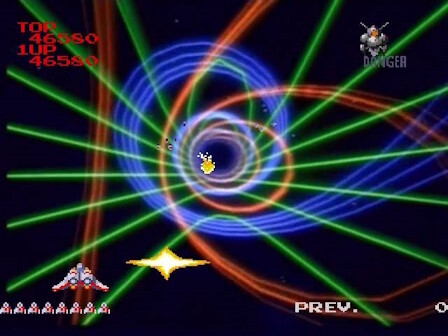
Laserdisc sound (Interstellar Laser Fantasy (ARC, 1983)(unknown composer & sound designer), Dragon's Lair (ARC, 1983)(Christopher Stone), etc.) - The laserdisc format meant a sudden and giant leap forward in terms of production, instrument quality and SFX quality, being almost on par with the CD Redbook audio introduced years later. The longest and most varied Laserdisc OST up to this point can be found in Interstellar Laser Fantasy, an FMV-based rail shooter. Stylistically it's also quite forward thinking for its time, featuring a number of ambient tracks (sometimes pure ambient noise), sweeping atmospheric synth parts and some semi-orchestral fanfares, while also having a distinctly game-like feel by incorporating "laser"/pitch sweep SFX and playful staccato notes into some tracks. Good stuff! Most of the SFX on the other hand are pretty standard 8-bit era chip-based ones played in real-time, probably through an AY-3 chip, while others are custom samples put on the laserdisc and trigger when the player reaches certain points of the game, like in a movie. From that same year, there's also the much more famous Dragon's Lair, which seems to feature the first orchestral (style) game OST besides some of the earlier tape-based music. It does sound mostly synth-based to me however, and there are no longer tracks without SFX or VA playing over them, on the same audio tracks as the music. Here it sounds like only the basic "confirmation beep" SFX is chip-based, playing whenever there's a QTE which is basically every three seconds in this game.
Ultima III (AII, Mockingboard AY-3-8910, 1983 or 1985 ver.?)("Lord British"="Rule, Britannia!"; Kenneth W. Arnold) - Probably the first game soundtrack where the player can manually trigger most of its songs by moving back and forth between areas in-game, and its length and variety was unmatched at the time in terms of original chiptune-based VGM. The style is mostly appropriate to a medieval fantasy setting, featuring old european folk song pastiches (possibly covers since the Lord British track is one and again, it was pretty common at the time). Technically, it's pretty barebones and there's no percussion but we do get some effective use of echo in the mysterious Dungeons track. As for the SFX, it seems like some of the combat sounds are very crude samples, though I'm not sure how they are played. Perhaps using PWM on the internal speaker of the Apple II computer, as was sometimes done for later DOS games? You can find some good examples of this in Turbo Cup (1988), Aspar GP Master (1989), and (perhaps the best example music-wise) Pinball Fantasies (1992).

Marble Madness (ARC, 1984, OPM/YM2151)(Brad Fuller, Hal Canon) - So here's the first use of FM synth in a chiptune-based game soundtrack*, one of the first chiptune-based game soundtracks in stereo and, arguably, the first ambient track in a chiptune-based game soundtrack (Level 1). It's also one of the earliest chiptune soundtracks to use vibrato. Pretty cool. The YM2151 chip is similar to the YM2612 chip used in the Mega Drive, except with 8 channels of 4-operator FM instead of 6, no DAC (a sample-based chip was instead often included separately in arcade games for added percussion, SFX or instruments) and a few effects being different, changing the timbre of some sounds. Stylistically this one is a little unusual in that it goes for more of a classical music or chamber music emulated sound in most tracks, which is reminiscent of a Warner Bros. cartoon but perhaps darker and weirder at times. The OST is also fairly long and with relatively long tracks for chiptunes at the time. On the downside the attempt at electric guitar in a couple of tracks is rather painful to listen to, and the FM percussion is a kinda weak but hey, it's literally the first attempt with this chip. The SFX soundscape is sometimes harsh, but generally pleasant, and surprisingly varied and expressive. I mentioned cartoons earlier and they have a similarly whimsical vibe to them, playing what sounds like birds tweeting as the player's ball falls to a lower platform and appears dizzy for a bit. Basic musical cues using bell- and brass-like instruments play when the player moves through or over certain terrain (the pop-up megaphones in Aerial might be the first jump scare in a game), and at one point a bell-like sound with heavy vibrato.
*Probably. Cycle Mahbou (ARC, OPN/YM2203) was actually released the same month but it's also a pretty weak example of FM sound even for the time, and uses a simpler sound chip. There's also Victorious Nine (PC-88, OPN), but I don't have a definitive source for its release date (it could be from 1985) and it's also a fairly weak example.
Ballblazer (C64/Atari 8-bit, 1984 or 1985?)(Russell Lieblich) - Several creative techniques are used for the music here: Bass+backbeat drum and chords combo, modulation, fleshed out "free jazz" solos, and a variety of instrument envelopes (settings that shape an instrument). Along with echo and slides. Apparently these solos are actually generated by the game itself as you play. I've read that they're also affected in some way by what you're doing in the game but this seems to be incorrect as the in-game music is just a separate drum track. The SFX design is sparse besides a pretty satisfying shot sound.
Balloon Fight (ARC, 1984, N2A03), NES ver. (1985) - Hirokazu Tanaka's early '80s songs were pretty simple technically, and so is this OST overall, but at this point I would say he was intentionally shaping a minimalistic and playful style that also suited the games he worked on rather well. Sound design-wise the main thing that stands out here is how for the drums, both noise and a square wave pulse are used for short and snappy sounds that he would later re-use in Gyromite and a few other games. There's also a neat little tom solo in the middle of the bonus stage theme here, which was split into two parts for the extended NES version. The SFX have a suitably playful vibe, making use of various musical cues for different events, although the main mode sounds a bit barren without a continuous backing track and the high pitched bird chirping will probably start to grate after a while.

Unintentionally funny and/or confusing samples (Alex Kidd: The Lost Stars (SMS, 1986), Double Dribble (ARC, 1987, YM2203 OPN & Sanyo VLM5030 & 3x RC filters), Ikari Warriors II: Victory Road (NES, 1988), Bad Dudes (ARC, 1988/NES, 1989), etc.) // (Stratovox/Speak & Rescue (ARC, 1980, AY-3-8910 & SN76477 & 8-Bit R-2R DAC), Ring King (NES, 1987), Blades of Steel (NES, 1988), Thunder Force II (MD, 1989), etc.) - Alright, let's finish this off with some examples of things not going quite as planned when it comes to sound design. Starting with the funny, the Sanyo VLM5030 chip in Double Dribble (ARC) was designed to mimic human speech. While the speech samples used here and there aren't *that* bad (though only slightly more human than the ones in Berzerk from 7 years earlier, and the title shoutout says "Dibble" instead of "Dribble"), the real attraction here is the US national anthem, sung by an obvious amateur and made to sound completely bizarre when run through the sound chip. Even funnier, the developers thought it was good enough to put in the game's idle demo, so that it would play over and over when the game wasn't being played. Next is Bad Dudes, with its unironic "I'm Bad" clip at the title screen. Converted to the NES sound chip, the sample quality then takes a nose dive.
As you might know, good quality samples in the early days would take up space that was often at a premium, and without good compression techniques or recording equipment available, the results were sometimes disastrous, making it almost impossible to make out what was being said. Or even worse, making the sound so grating that you wish you could just turn it off. In Stratovox (1980), what sounds like a non-English speaker seems to be delivering his lines on the cheapest mic available at the time. Considering the DAC supports twice the bit-depth of the one in Crazy Climber, it's kind of amazing how bad it sounds, but the developer apparently found it good enough to spam it during gameplay and then again during the score countdown, once for every bonus. In Ring King (NES ver.), while the voice samples are really muffled (except for at the start for some reason, where they seem to clip instead), we can at least easily tell from the visuals what they're trying to convey. And as you can hear from the example before it in the video, decent voice samples on the NES was a possibility even back in the day (there are also clips of the arcade version online for comparison - they sound alright there).
---
What are some of your favorite examples of music or sound design in retro games? Share your thoughts and memories!


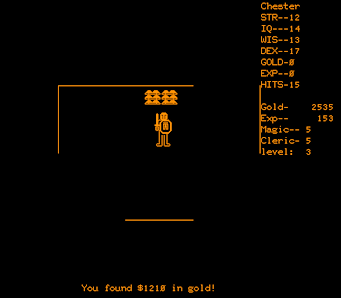
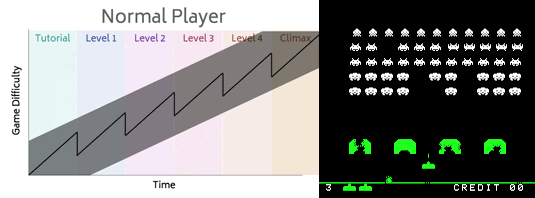



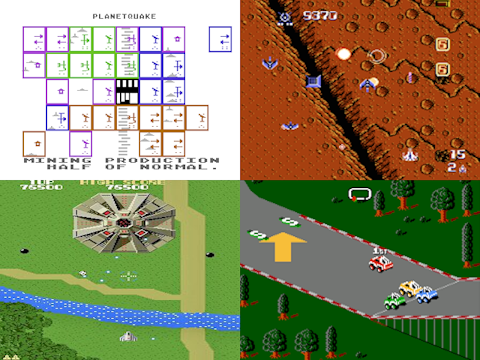










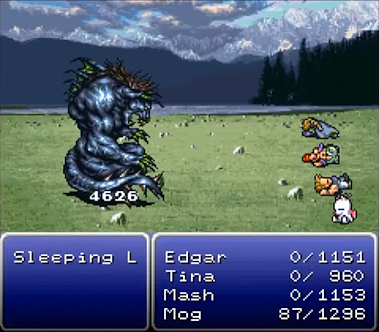
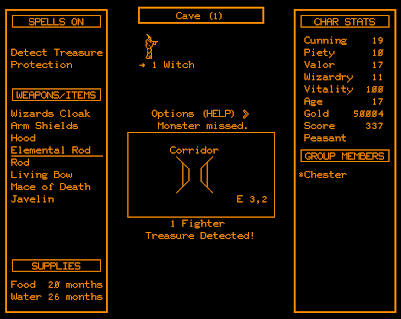
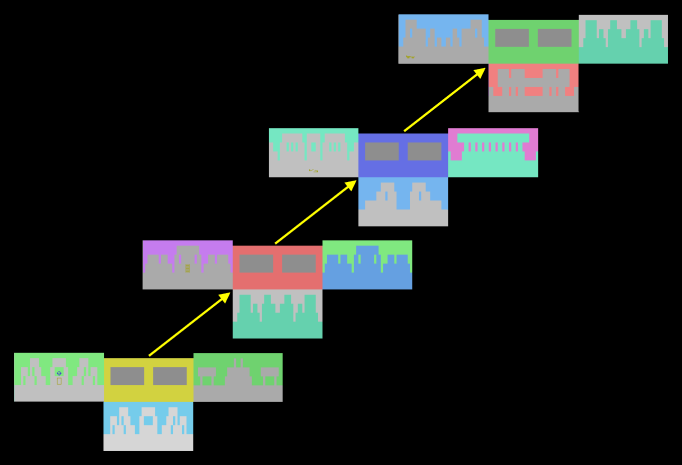






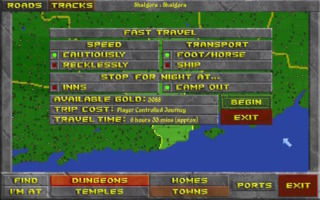





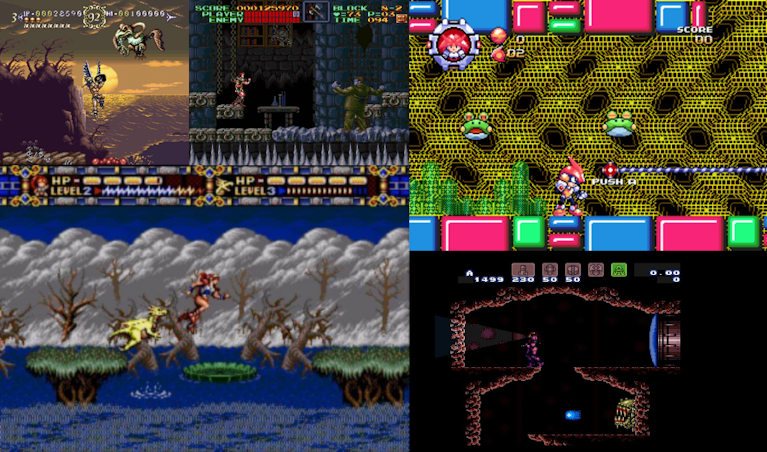

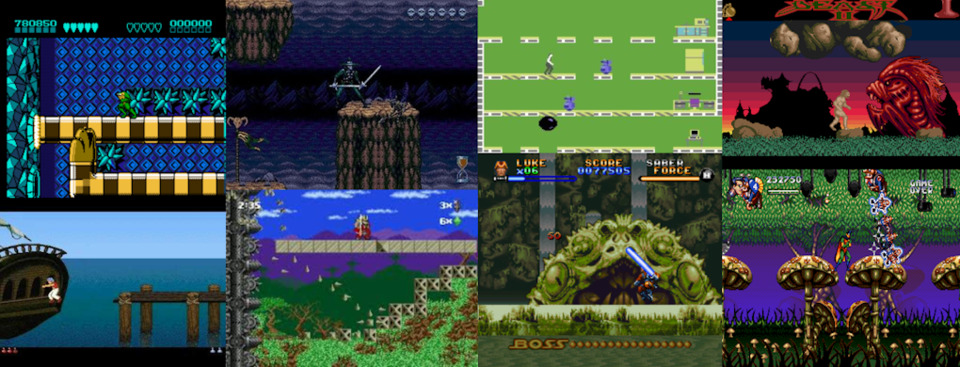



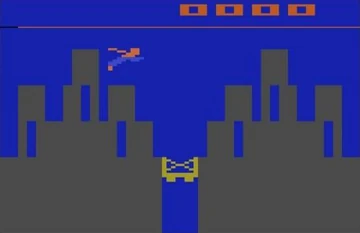

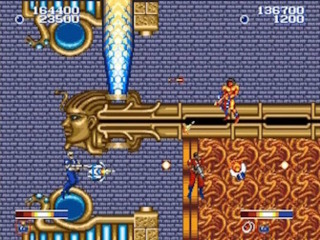

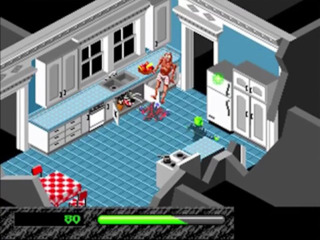
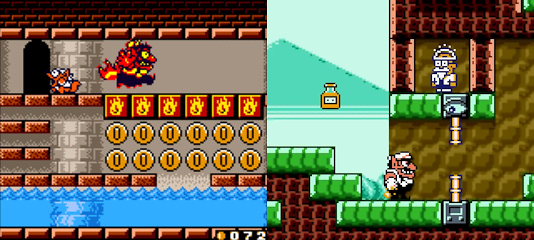

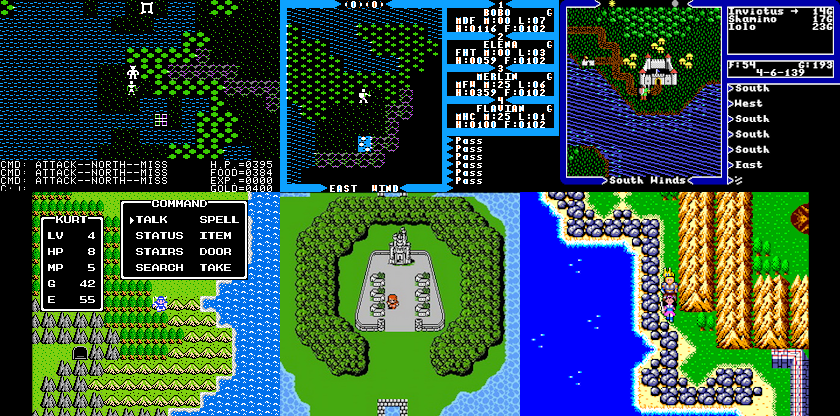
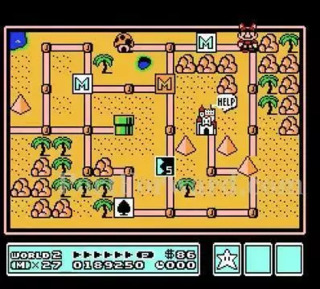
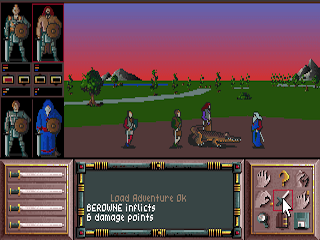

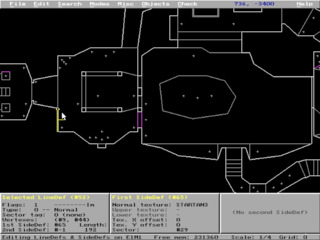





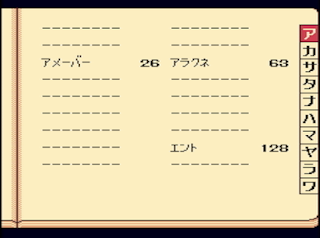



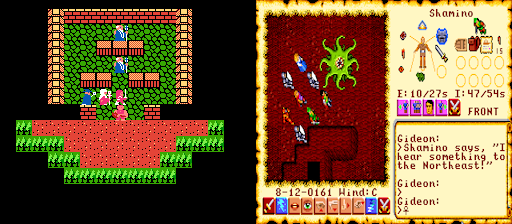


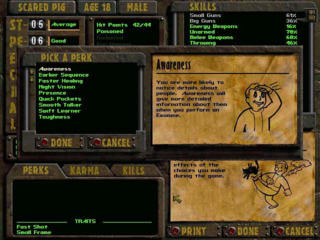
Log in to comment